In modern aviation, reliability and safety are non-negotiable. Among the many critical components that keep aircraft operational, terminal boards play a vital role in maintaining electrical continuity and supporting overall system performance. Over time, these boards are exposed to harsh environments, vibration, and thermal cycling, which can lead to wear, corrosion, or failure. Repairing and extending the life of terminal boards not only reduces costs but also enhances operational efficiency.
Why Terminal Board Repair Matters
Cost Efficiency: Replacing entire assemblies can be expensive. Repairs provide a cost-effective alternative.
Minimized Downtime: Quick repair turnaround helps reduce aircraft ground time and keeps fleets mission-ready.
Sustainability: Restoring existing boards reduces waste and supports environmentally conscious operations.
Safety & Reliability: Professional repair ensures components meet aviation safety standards, maintaining aircraft performance.
Proven Repair Practices
Inspection & Testing: Advanced diagnostic methods identify microcracks, weak solder joints, and corrosion before failure occurs.
Component Refurbishment: Replacing worn contacts and applying protective coatings significantly improves durability.
Proprietary Repair Techniques: Industry leaders employ specialized processes that restore boards to “like-new” condition while complying with FAA/EASA standards.
Lifecycle Tracking: Documenting repairs helps operators monitor component performance over time, ensuring predictive maintenance.
Conclusion
Extending the life of commercial aircraft terminal boards is more than just a maintenance task—it’s a strategic investment. By choosing repair over replacement, airlines and operators can reduce costs, improve safety, and enhance sustainability without compromising reliability. With expert repair services and proven technologies, terminal boards can deliver years of dependable service, keeping aircraft safely in the skies.


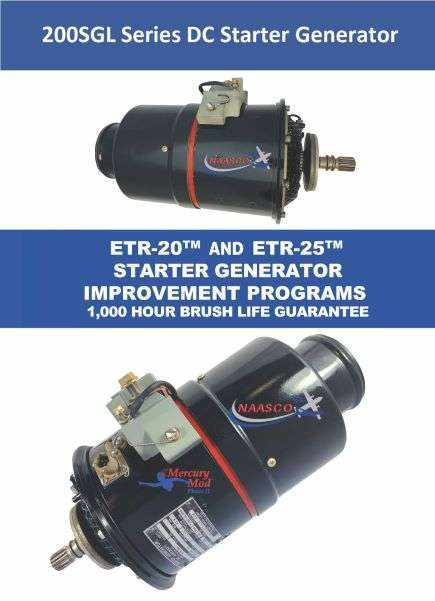
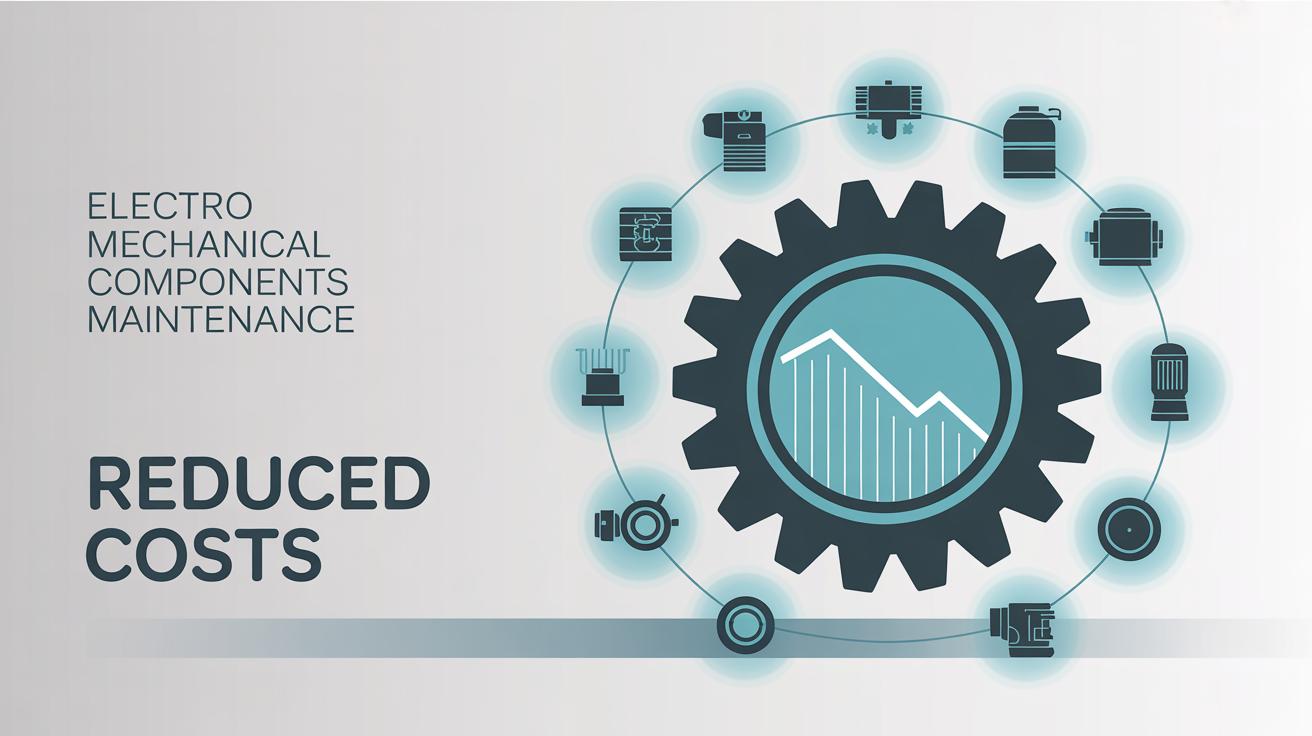
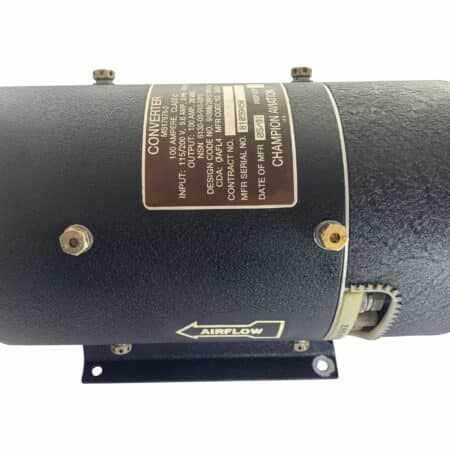
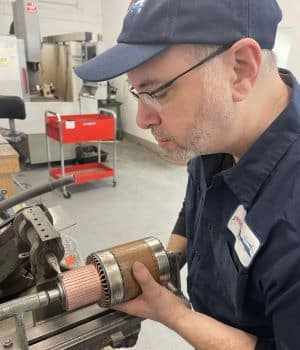

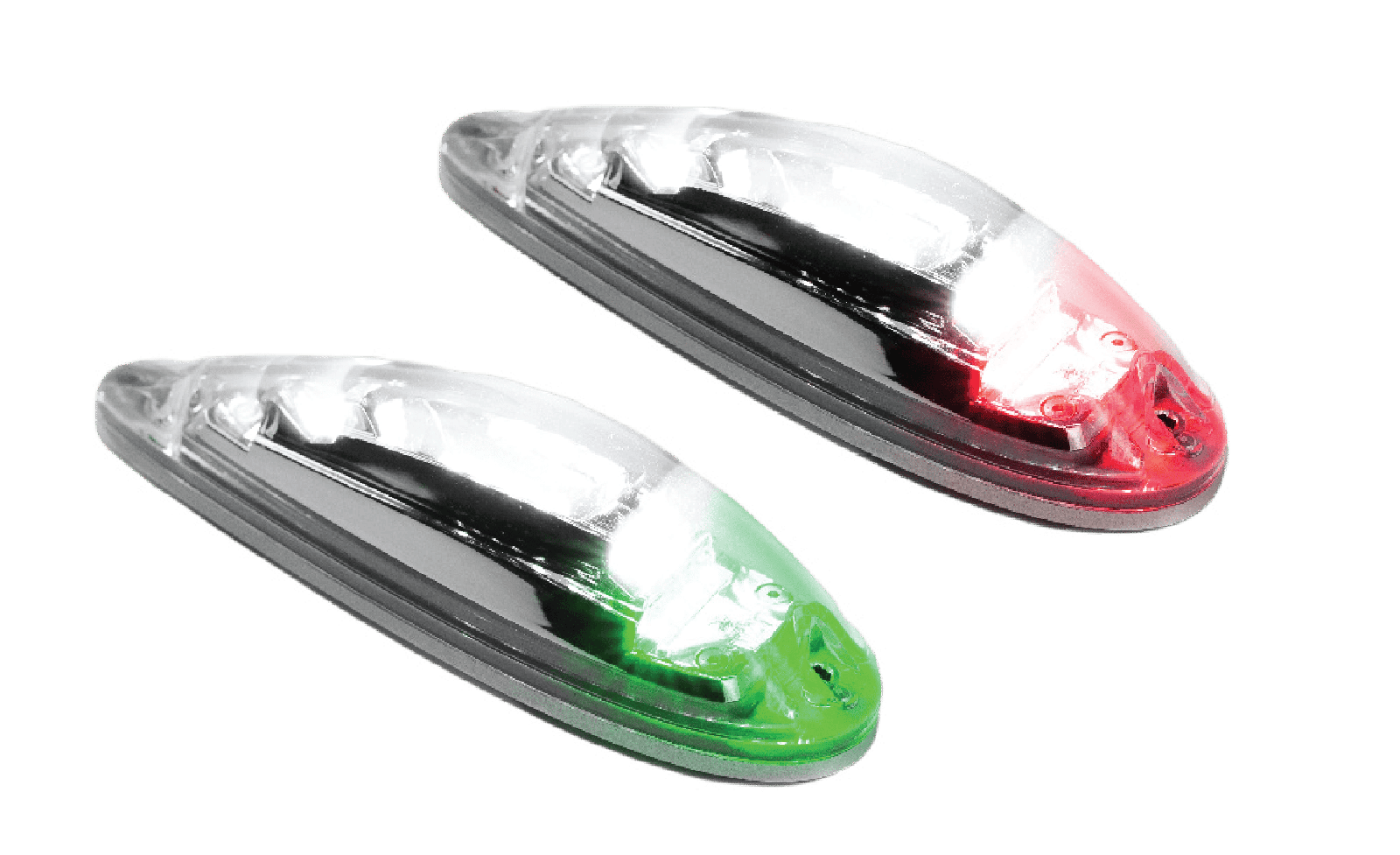
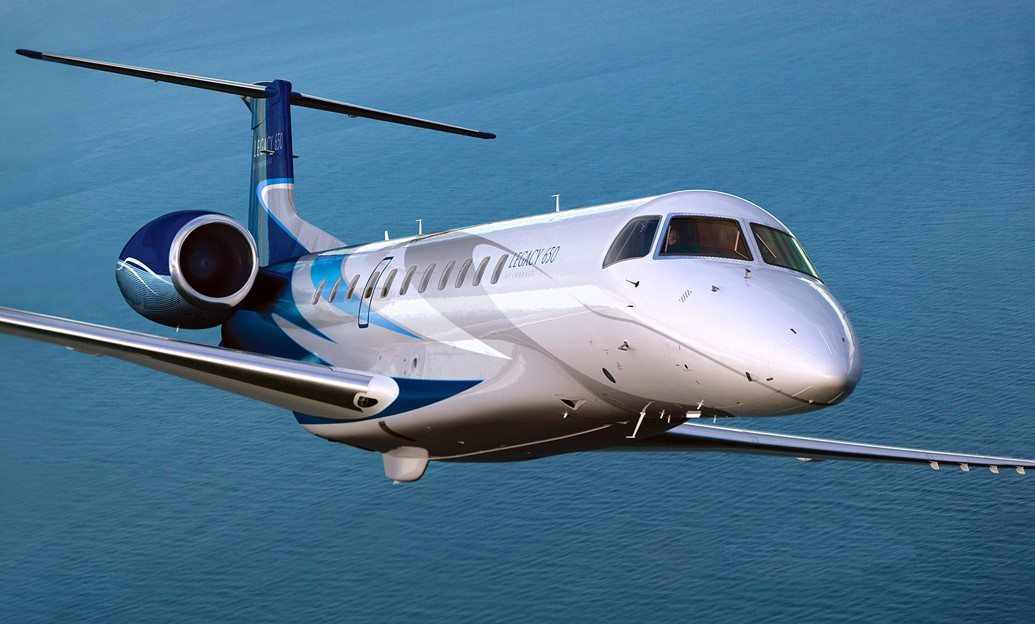

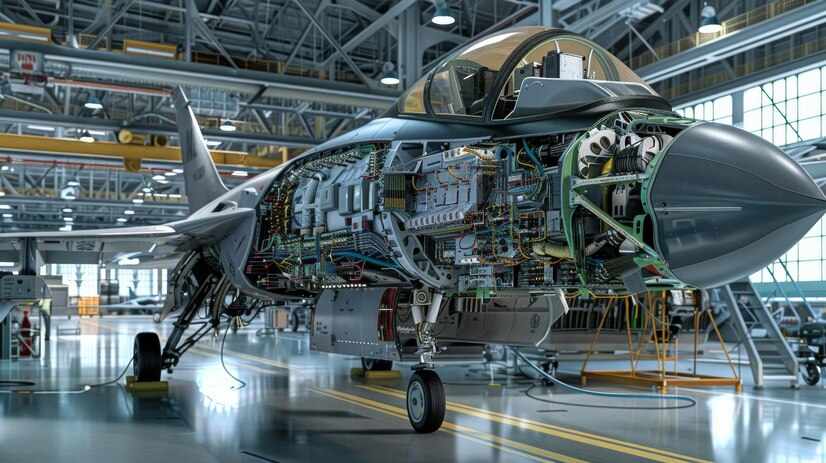
Write a comment ...